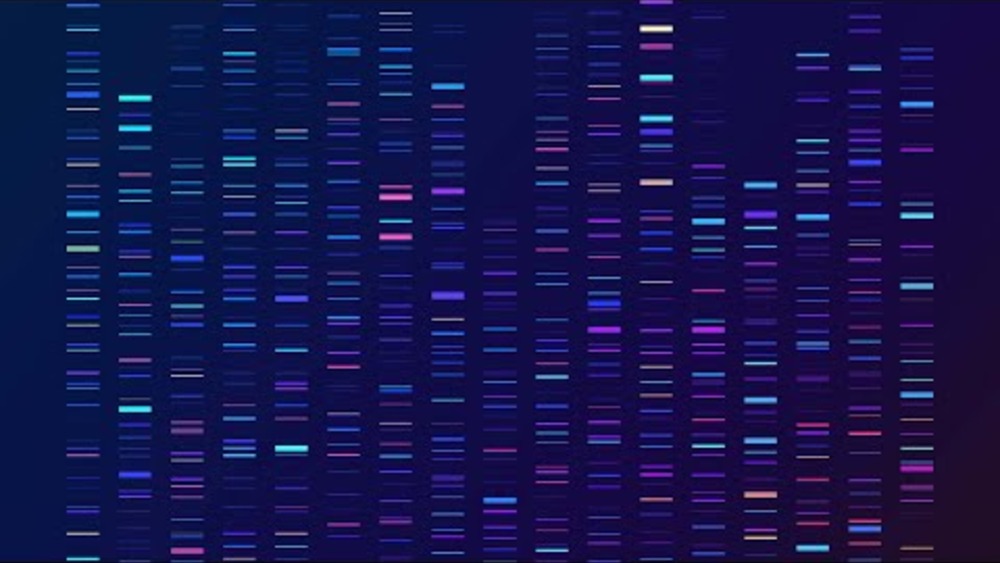The paper traces the development of the use of blood quantum, or fractional amounts of Indian blood to define Indian in federal law up to the Indian Reorganization Act of 1934. The paper shows that blood quantum was not widely used in federal law until the twentieth century, as the branches of the federal government used matrilineal or patrilineal descent or tribal membership to define Indian, for various legal purposes, including during the allotment era of federal Indian policy. Ultimately, the paper concludes that the varied uses of blood quantum reflect the changing policies of the federal government towards Indians through time and the continued failure to resolve two interlocking foundational contradictions of Indian legal status: 1) Indian as race and as a political group, and 2) Indian as sovereign and as a ward.
Additional Information
Spruhan, Paul. "A Legal History of Blood Quantum in Federal Indian Law to 1935." South Dakota Law Review. Volume 51, No. 1. 2006. Paper. (https://papers.ssrn.com/sol3/papers2.cfm?abstract_id=955032, accessed February 23, 2023)



